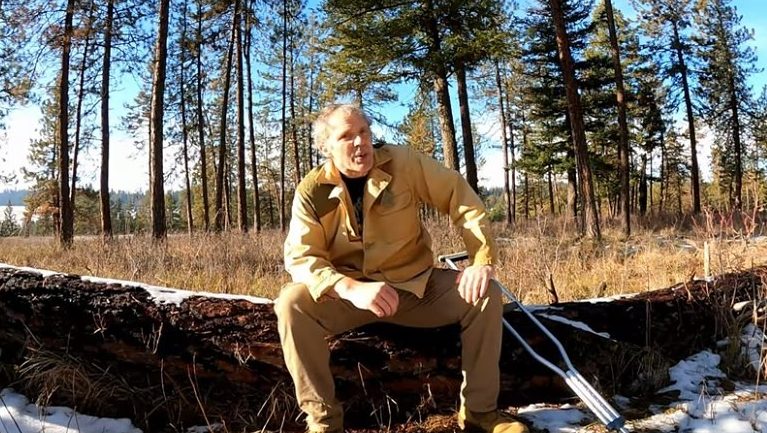
YouTuber Announces His Own Death in Prerecorded Video – Hollywood Life
YouTuber Paul Harrell announced his own death in a pre-recorded video from cancer. He was 58.
In the posthumous video titled “I’m Dead,” posted on Tuesday, September 3, Harrell shared that his pancreatic cancer had “spread faster than I thought it would” and reached his bones.
Harrell, who first revealed his diagnosis to his followers on July 16, explained that doctors caught it early, “but not as early as I had thought.”
While sitting on a snow-covered log near his home in Oregon, he added, “You may have seen me recently using this crutch when I told you I broke my hip. Well, it wasn’t because I was injured in any kind of accident; it was because the cancer spread to my bones, the bones crumbled, and my hip fractured.”
He had three final requests of his followers: to continue supporting his channel and Patreon as his brother and crew take over, to avoid any pirated versions of his content, and to disengage from content creators who “denigrate” him online.
“To everyone who has watched, hit the like or dislike icon, commented, shared, subscribed, and donated on Patreon, thank you,” he said in the video. “All of those things support the channel greatly, and I can’t even begin to articulate how beneficial and appreciated those things are.”
Here’s more information about the platform he used to educate viewers on firearms and the disease that took his life.
What Was His YouTube Channel About?
Harrell garnered over 1.2 million subscribers on his YouTube channel, where he posted videos discussing gun safety and reviewing firearms.
“My goal in doing all of this was, yes, to have fun, do some things that were fun, but primarily to put out useful information. Or if not useful, at least interesting information,” he said. “And what I really hope is that, as you’re watching me, you’ve seen some things that have made you say, ‘Oh, I get it, okay.’ ”
Paul’s brother, Roy Harrell, shared at the end of the death announcement that he would continue to post on the channel.
“It was his wish that I maintain his legacy through this channel by continuing to put out high-quality educational content with the flair we all know and love from him,” Roy said.
What Is Pancreatic Cancer?
Pancreatic cancer is a type of cancer that begins in the tissues of the pancreas, an organ located behind the lower part of the stomach. The pancreas plays a vital role in digestion by producing enzymes that help digest food and hormones like insulin that help control blood sugar levels.
Several factors can increase the risk of developing pancreatic cancer. These include smoking, chronic pancreatitis, a family history of pancreatic cancer, genetic mutations, diabetes, and obesity.
There are two main types of pancreatic cancer:
- Exocrine Tumors: These are the most common and develop in the exocrine cells, which produce digestive enzymes. The most common type of exocrine tumor is pancreatic adenocarcinoma, which begins in the cells that line the ducts of the pancreas.
- Endocrine Tumors (Pancreatic Neuroendocrine Tumors or NETs): These are less common and originate from the endocrine cells, which produce hormones such as insulin and glucagon.
Pancreatic cancer often does not show symptoms in its early stages, making it difficult to detect early. When symptoms do appear, they can include jaundice (yellowing of the skin and eyes), abdominal or back pain, unintended weight loss, loss of appetite, nausea or vomiting, and new-onset diabetes or a worsening of existing diabetes.
Diagnosis often involves imaging tests (such as CT or MRI scans), endoscopic ultrasounds, and biopsy procedures. Treatment options depend on the stage and location of the cancer, as well as the patient’s overall health. Common treatments include surgery, radiation therapy, chemotherapy, and targeted therapy.
Pancreatic cancer is known for being particularly aggressive and challenging to treat, with a lower survival rate compared to many other cancers, especially when diagnosed at a later stage. Early detection and treatment are crucial for improving outcomes.


